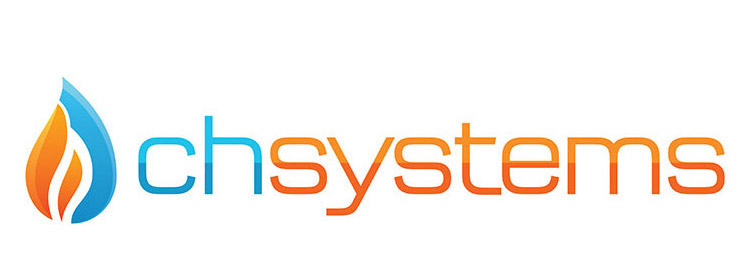Business leaders share tips on how to minimise energy use
New smart meter data has revealed that small businesses use 46 per cent of their total electricity between 6pm and 8am – when no one is at work (usually). The experts from Britishgas.co.uk reckon that a few simple changes could cut office energy bills by up to 20 per cent!
In an effort to help companies save costs on energy, business leaders taking part in The Business Show, the UK’s largest business exhibition, discussed the importance of saving energy as well as what they do to cut down on their energy use at work, and here’s what they came up with:
“We had a survey done of hoe energy efficient we are and, off the back of that, we changed a number of things; we changed the way our light switches work so if you leave the room they’ll turn off automatically.” – Steven Bartlett (social media agency Social Chain).
“I think energy efficiency is vital. Not only does it save you money but, in this world that we live in, we have to preserve energy.” – Touker Suleyman (Dragon’s Den).
“It’s never been an easier time, with the internet and mobile apps, that you can monitor [energy use] in real time.” – Jonathan Dowden (Sage One)
“I think that there are huge savings that you can make in smart metering. You can actually take really big steps to cut your bills.” – Bill Morrow (founder and CEO of Angels Den investment platform).
“Even if it’s just a start and you roll things out in a sequence…make sure everything is on standby or switched off.” – Annie Hunter (Consultant, How2)
“If you can be energy efficient and reduce your energy costs then, absolutely, every penny counts in a small business, in a growing business; therefore [energy saving] is vitally important.” – Brett Akker (Founder, Lovespace).
If you’d like further information on how your business can cut down on energy costs, feel free to contact the CH Systems team on 0208 302 8149 or info@chsystems.cc.
Source: Britishgas.co.uk – “Business leaders discuss how they cut down on energy bills.”


